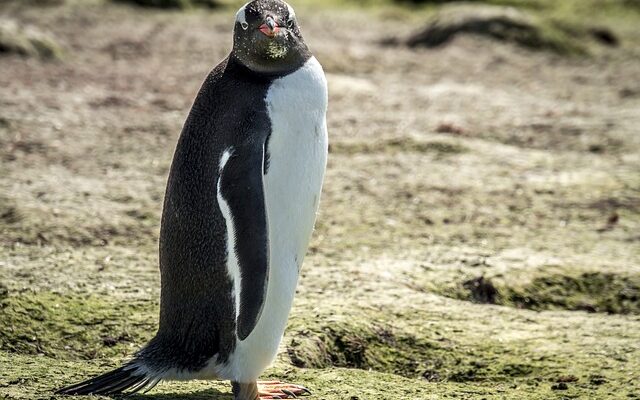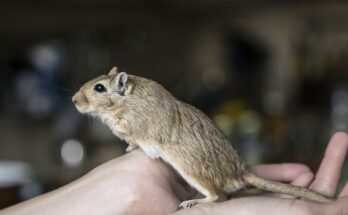Introduction: The Quirky World of Penguin Knees
When we think of penguins, images of sleek, tuxedo-clad birds gracefully gliding through icy waters come to mind. Yet, beneath their charming exterior lies a fascinating anatomical feature that sets them apart from most other birds – their knees. Yes, you read that right! Penguins have knees, but not quite where you might expect them to be. Join us on a journey into the quirky world of penguin knees as we unravel the mysteries of these remarkable creatures.
Anatomy 101: Understanding Penguin Knees
To understand penguin knees, we must first dispel a common misconception: penguins do indeed have knees, but they are not visible externally. Instead, their knees are located inside their bodies, close to their bellies. What appears to be their knees are actually their ankles! This unique adaptation allows penguins to streamline their bodies for efficient swimming while maintaining their center of gravity.
The positioning of their knees inside their bodies serves another crucial purpose – it helps penguins to conserve heat in their frigid Antarctic habitats. By tucking their knees close to their bodies, penguins minimize heat loss from their extremities, enabling them to thrive in some of the coldest environments on Earth.
Evolutionary Marvels: The Story Behind Penguin Knees
The evolution of penguin knees is a testament to the remarkable adaptability of these seabirds to their aquatic lifestyle. Millions of years ago, penguins’ ancestors were likely capable of flight and had more typical avian leg structures. However, as they adapted to life in the water, their bodies underwent significant changes to optimize their swimming abilities.

Over time, natural selection favored individuals with shorter, more streamlined limbs, which allowed them to propel themselves through the water with greater efficiency. This evolutionary pressure eventually led to the reduction and internalization of the knee joint, resulting in the unique anatomical configuration we observe in modern-day penguins.
The Functionality of Penguin Knees in Action
While penguin knees may seem like an oddity, they play a crucial role in the daily lives of these remarkable birds. When waddling on land, penguins rely on their knees (which appear to be their ankles) to support their weight and facilitate movement. This distinctive gait, characterized by short, jerky steps, is a testament to their evolutionary heritage and the adaptations they’ve developed for life in two contrasting environments.
In the water, penguins use their flippers and webbed feet to propel themselves forward, while their streamlined bodies and tucked-in knees minimize drag and optimize hydrodynamics. This efficient swimming technique allows penguins to navigate the depths with remarkable agility and speed, making them formidable hunters in their underwater domain.
Adaptations for Survival: Beyond Knees and Ankles
While penguin knees may steal the spotlight, these birds boast a myriad of other adaptations that contribute to their survival in the harsh Antarctic environment. Their dense, waterproof plumage provides insulation against the cold, while their uniquely shaped beaks are perfectly suited for catching and consuming their prey, which primarily consists of fish, squid, and krill.
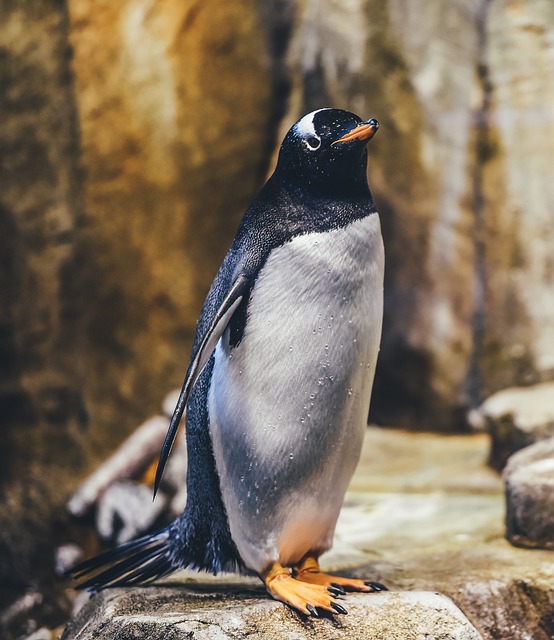
Additionally, penguins have specialized salt glands located near their eyes that allow them to excrete excess salt from their bodies, enabling them to drink seawater without dehydrating. This adaptation is particularly crucial for species like the Emperor Penguin, which spends long periods at sea without access to freshwater sources.
Conservation Challenges and Future Prospects
Despite their remarkable adaptations, penguins face an array of threats to their survival, including climate change, habitat loss, overfishing, and pollution. As sea ice melts and ocean temperatures rise, penguins are forced to adapt to rapidly changing conditions, putting pressure on their populations and pushing some species to the brink of extinction.
Conservation efforts aimed at protecting penguin habitats, reducing human impacts on marine ecosystems, and mitigating the effects of climate change are crucial for ensuring the long-term survival of these iconic birds. By raising awareness, supporting research initiatives, and implementing sustainable management practices, we can safeguard the future of penguins and preserve their rightful place in the Antarctic ecosystem.
Conclusion: Celebrating Nature’s Quirky Wonders
In conclusion, the story of penguin knees serves as a captivating reminder of nature’s boundless creativity and ingenuity. From their unconventional anatomy to their unparalleled swimming prowess, penguins embody the extraordinary adaptability of life on Earth.
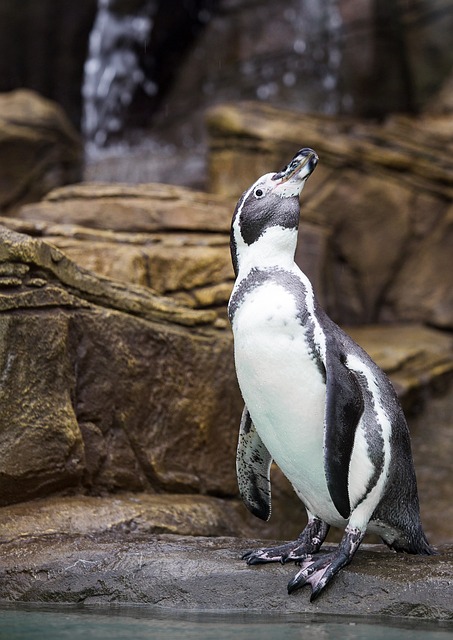
As we marvel at the quirkiness of penguin knees, let us also reflect on the broader lessons they teach us about resilience, adaptation, and the interconnectedness of all living things. By embracing the wonders of the natural world and taking action to protect its inhabitants, we can ensure a brighter future for generations of penguins to come.
The Role of Penguin Knees in Social Behavior
Beyond their physical function, penguin knees also play a crucial role in the intricate social dynamics of these fascinating birds. In species such as the Emperor Penguin, where individuals gather in large colonies during the breeding season, the positioning of knees becomes a key element in displays of courtship and communication.
During courtship rituals, male Emperor Penguins use their knees to create a distinctive sound known as a “trumpeting call,” which helps attract potential mates and establish dominance within the colony. By rhythmically tapping their knees against the ice or their own bodies, male penguins produce a resonant sound that can be heard over long distances, signaling their readiness to mate and defend their territory.
Furthermore, the distinctive posture adopted by penguins when incubating their eggs – with their knees tucked in close to their bodies – serves as a visual cue to their mates and rivals. By observing the positioning of knees and the angle of their bodies, penguins can communicate their intentions and assert their status within the colony hierarchy.
The Evolutionary Saga of Penguin Knees
The story of penguin knees is not just a tale of adaptation to the Antarctic environment but also a testament to the fascinating journey of evolution itself. Through millions of years of natural selection, penguins have undergone a series of adaptations to suit their unique lifestyle, culminating in the streamlined, efficient design of their knees that we observe today. See more
FAQS:
When you look at a penguin, what you see as its “knee” is, in fact, its ankle. The joint that you might mistake for a knee is where the penguin’s leg bends in a way similar to how our knees bend. This joint helps the penguin move its leg back and forth, crucial for its waddling walk and swimming strokes.
So without further ado, do penguins have knees? Well in short – yes, penguins do have knees (well that was pretty anti-climactic). A penguin’s legs are built up of a femur, knee, tibia and fibula, just like yours. Their legs may appear short and stubby, but don’t be deceived, most of them are concealed by feathers.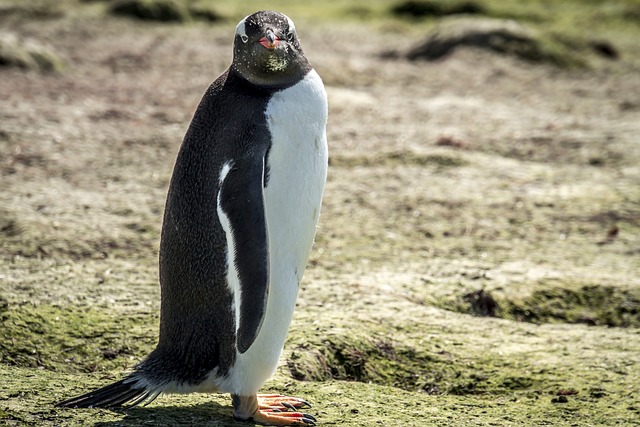
Why would they waddle then, if they have knees? That question puzzled scientists for quite a while. Most scientists today believe that penguins waddle because their legs were designed to help them swim faster. If you look closely at a penguin’s legs, you’ll notice that they’re set far back on the body.
Penguin knees sit at an angle, so they are always squatting.
And, not only are the feet and the lower leg snuggled below feathers and skin, but the penguins’ knees are handsomely tucked below the skin, inside of their bodies. As you probably concluded, the confusion about penguins’ knees arises because the legs are mostly hidden from view.
Historians confirm the word Penguin is most likely a compound word of two Welsh words, pen and gwyn, which mean “head” and “white” respectively. It is likely that “penguin” was at one time the name of a similar bird, though to be the Great Auk, in its winter plumage, now extinct, which had a white patch near its bill. See more

